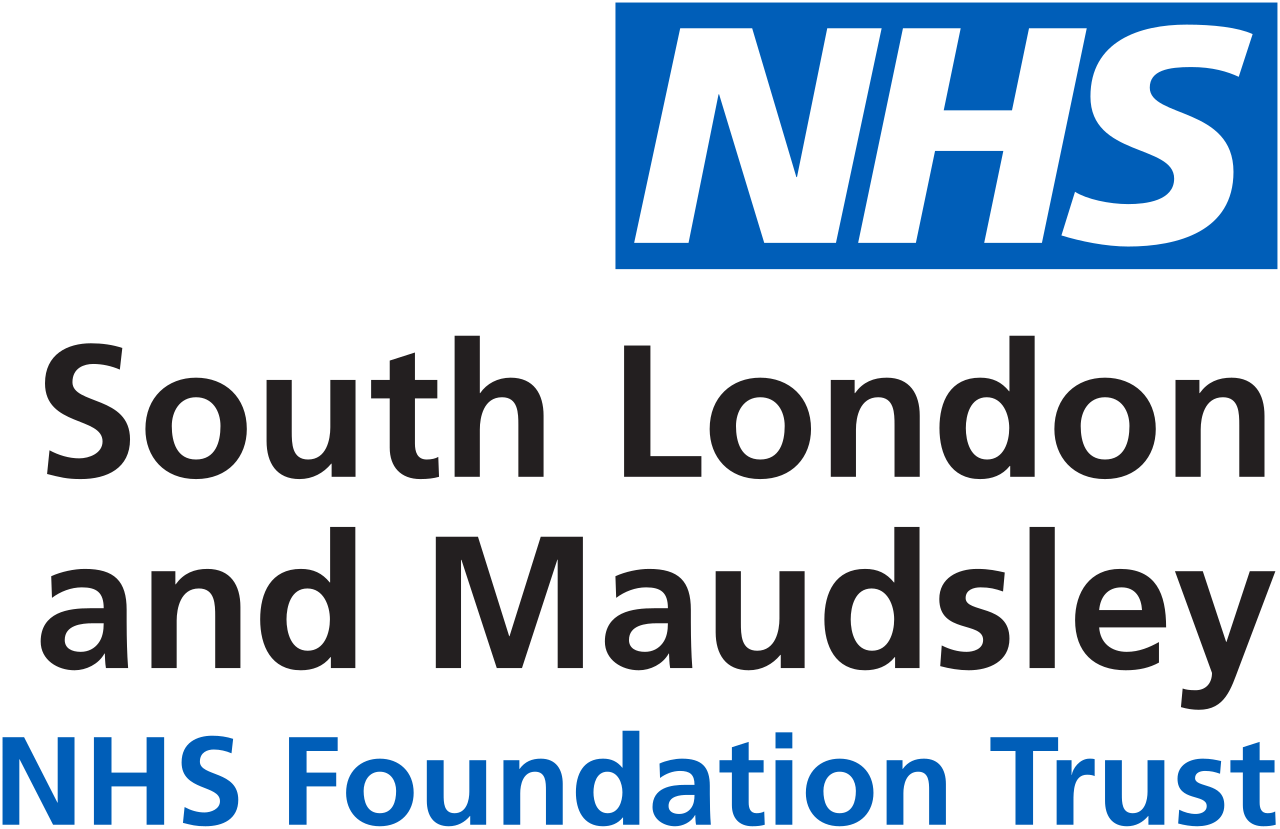Predictive Factors for Recall
Past research indicates that one in five forensic inpatients will commit a violent act within six months of discharge into the community. Thus the immediate period post-discharge into community forensic settings is an important area of research. The purpose of this study is to examine the pathways of service users discharged into the community to identify predictive factors for re-admittance into institutions. Examining those discharged into SLaM Community Forensic Teams in 2012, we would determine two groups: those who have remained in the community two years later, and those who have been recalled, or re-admitted into institutions such as hospital or prison. Our aim is to identify factors that may predict re-admittance into institutions from a community setting. We hypothesize that such factors could include: what section an individual is on, what their primary diagnosis is, whether they had a history of violent behavior or substance misuse, or their engagement in community forensic services. It is our hope that by examining the pathways of service users in the two year period post discharge in detail and identifying predictive factors for recall, community forensic services can be developed and improved to help practitioners reduce recidivism within community settings and promote long-term recovery.

